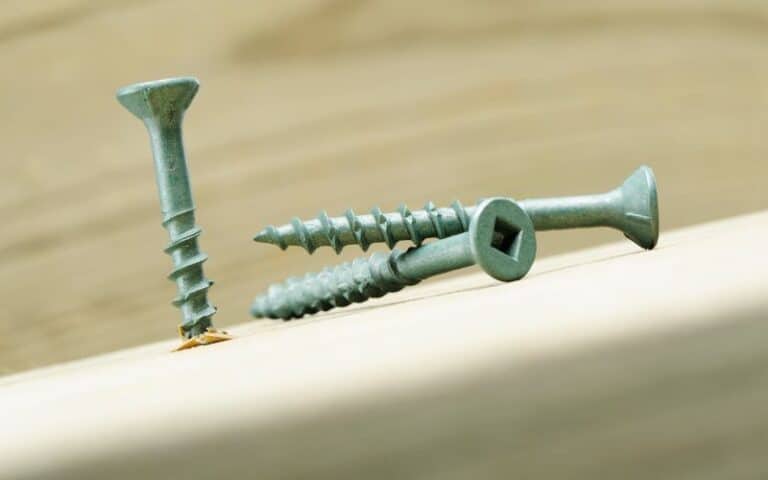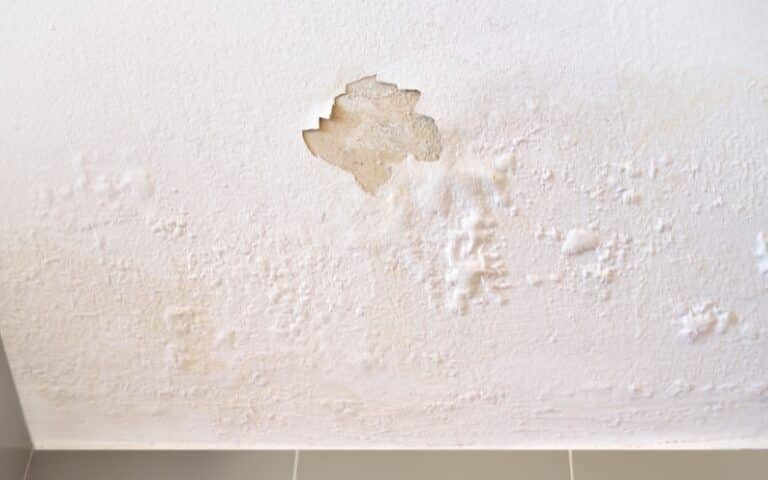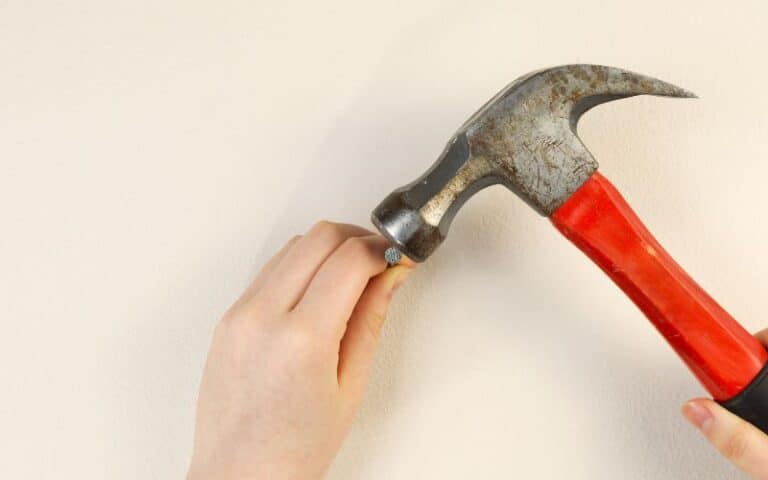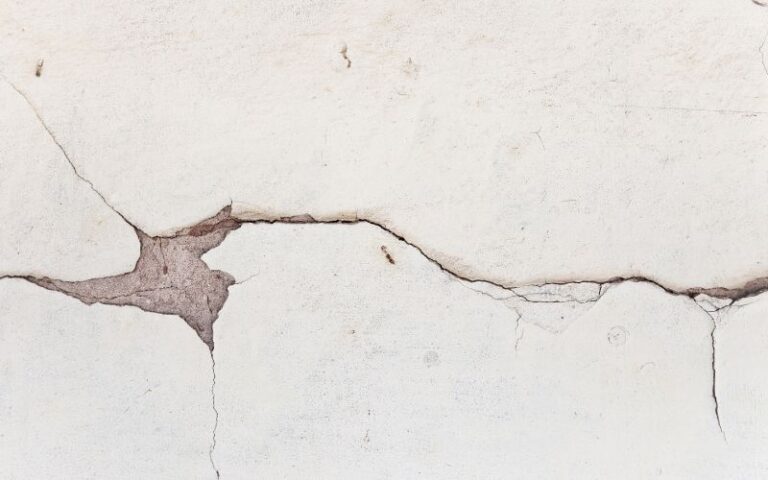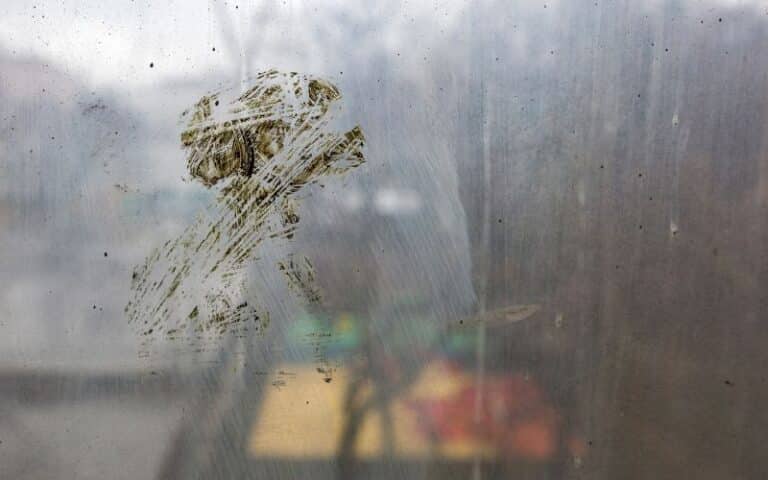Imagine living comfortably in your house, and the ceiling starts to fall off. You can compromise your ceiling if you don’t use suitable building materials.
Thus, many people consider several kinds of building materials to use. For example, drywall is a building material combining plasticizers, foaming agents, and other substances.
Drywall has different types, and you might wonder which is best. You might also wonder whether the new lightweight drywall is as good as the regular drywall.
Yes, the lightweight drywall is as good as the regular drywall. The lightweight drywall is even the best option. Aside from the lightweight being easier to lift, it is easier to install and reduces the chances of having saggy panels. The light weight also reduces the pressure on your ceiling timbers.
Before purchasing any drywall, there are certain things you need to know about your drywall, and this article will provide you with the necessary information.
At the end of this article, you will understand the best kind of drywall to use, and you will satisfy your curiosity about some building materials.
Ready for a Drywall Quiz?
Is Lightweight Drywall Good Like Regular Drywall?
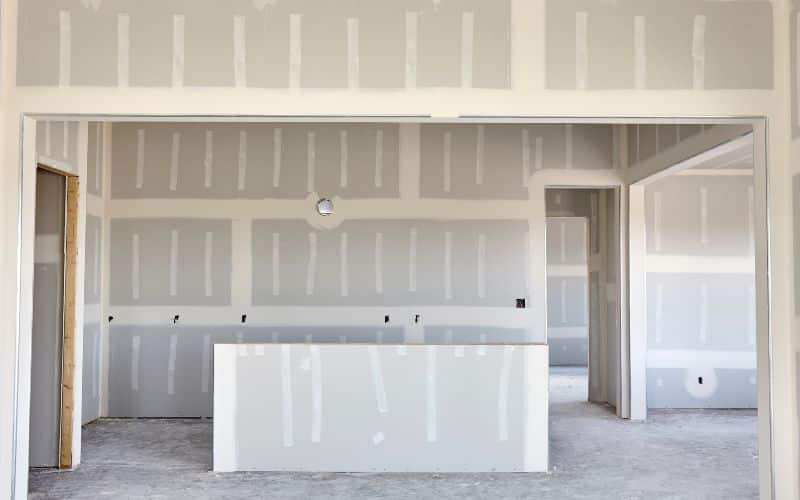
The lightweight drywall is as good as the regular drywall. Many confirm that lightweight drywall is better than regular drywall.
Regular drywall comes in two primary colors: white and brown. You will find this drywall in most homes. You can also call it standard drywall or White Board.
You can use regular drywall for most rooms, but the drywall is not durable and cannot absorb water.
Although the cost of regular and lightweight drywall is relatively the same, lightweight drywall is the perfect option for your home.
The lightweight has more features than regular Drywall. For this reason, you can also call the lightweight drywall an Ultralight Plasterboard.
Compared to regular drywall, the manufacturers of the lightweight deliver the material at a much faster pace.
Also, the lightweight may cause little or no injuries when you want to install it, especially if you’re installing it yourself.
Moreover, the lightweight drywall eases the stress you’ll likely encounter while moving it from one place to another. This is because the material is very light and portable.
You are also likely to spend less, which leads to higher productivity. In addition, the lightweight is easier to transport, so the cost of transportation will be lower.
Lightweight drywall weighs thirteen pounds less than regular drywall, and constructors mostly use it to ease installation stress.
What is the Difference Between Lightweight Drywall and Regular Drywall?
Even though you can use and install lightweight drywall the same way you install regular drywall, I’ll show you some differences between the two drywalls.
The weight is the most significant difference between lightweight drywall and regular drywall. The lightweight is 25 percent lighter than regular Drywall.
Because of this, the lightweight is portable, as you can easily carry it around.
Below are more differences between Lightweight Drywall and Regular Drywall:
| Lightweight Drywall | Regular Drywall |
|---|---|
| The lightweight Drywall is likely to cause fewer injuries during Installation. | Regular drywall is likely to cause a lot of injuries during Installation. |
| You need fewer hands for the Installation of this drywall | You need a lot of people to help you install this drywall |
| Charges for weight-based transportation are lower | Compared to lightweight, the charges for weight-based transportation are higher. |
| The soundproof feature is poor. | Compared to the lightweight, the soundproof feature of the regular drywall is good. |
| Repair proceedings are small compared to the regular drywall | Compared to the lightweight, repair procedures are much. |
| The lightweight weighs 41-44 pounds. | The regular drywall weighs 57-60 pounds. |
Despite their differences, lightweight drywall and regular drywall have some similarities too.
You can install your lightweight drywall using the same method as regular drywall.
Remember to cut your panels to fit, then position them against framing members, anchored with drywall screws.
You finish the drywall seams with the drywall tape and drywall joint compound (also known as drywall mud), sanding it smoothly and properly before painting your wall.
Now, for do-it-yourself homeowners, who would likely want to fix their drywall by themselves, I recommend that you go for the lightweight drywall.
This way, you can fix your drywall without sustaining many injuries, especially when it involves problematic loading and offloading tasks.
Does Lightweight Drywall Mud Dry Faster than Regular Drywall?
Yes, lightweight drywall mud dries faster than regular drywall mud.
Just like the lightweight drywall, the mud weighs less than the regular drywall mud, which is why it dries faster.
Drywall mud is a joint compound material to strengthen and smoothen your drywall. You mainly use it when hanging your drywall to cover your joints.
You can also use the mud to enable corrections after hanging your drywall. The mud is one of the essential items you will need when fixing drywall.
However, you’ll need tape to make it look good after painting it. This is because the tape performs the function of strengthening the joint and joint compound.
Below are the other types of drywall mud we have:
#1. All-Purpose Mud
Just as the name implies, you can use this particular mud for any project related to the Installation of drywall. As a beginner, this is the best option for you.
#2. Sanding Mud
This falls in the category of mud that hardens faster. However, it gives an excellent and smooth result.
#3. Timed Drywall Mud
Compared to Sanding Mud, this mud dries in five to fifteen minutes but takes longer sometimes. However, the mud allows you to work at your own pace.
#4. Topping Mud
Topping Mud is a pre-mixed mud made specifically for final top coating.
Note that before applying your drywall mud, it has to dry completely before you begin the sanding process.
Sanding after applying your drywall is much easier after using lightweight drywall Mud.
You can also use lightweight drywall mud to fix some minor problems at home and use it for any drywall project.
Compared to lightweight drywall mud, regular drywall mud dries slowly because of its weight.
You can also use regular drywall mud for anything concerning drywall, but it can sag if you apply too much.
Contact a well-experienced drywaller to understand the correct quantity to apply to prevent the mud from sagging.
Irrespective of the negative effect of regular drywall mud, many contractors prefer it because it gets harder and holds up better than lightweight drywall mud after it dries up.
You can easily identify each drywall mud by checking its weight. Just like drywall, lightweight mud is lighter than regular Mud.
Apart from the weight, lightweight drywall mud generally has a green cover, while regular drywall mud has a blue cover.
The best way of knowing if you handled your tapping and mudding correctly is when the wall is smooth and flat and there are no traces of seams underneath.
Note that the easiest way to tape and mud is to ensure that you cover the screw holes adequately.
Add a layer of mud before tapping; make sure the joints are smooth, and add another layer after letting it dry overnight.
Is Lightweight Drywall as Strong as Regular Drywall?
Lightweight drywall has a high percentage of sag resistance and will hang perfectly on your ceiling or wall. Lightweight is also stronger than regular drywall.
Irrespective of the benefits of lightweight drywall, it has disadvantages too.
These are a few things that can likely go wrong:
- Increase in sound transmission.
- Deformation.
- Easier edge breakage.
- Slight increase in cost.
It is important to note that you need a thicker type of drywall when fixing some parts of your home: like the garage and heated area, to prevent a fire outbreak.
There is a particular type of drywall that has a higher rate of fire resistance than the others. Type X is thicker and has glass fiber mixed into the gypsum, making it fire-resistant.
Apart from its resistance to fire, Type X drywall is the best option if you need soundproof drywall.
The board of 5 /8 thickness is the best drywall when it has to do with noise reduction.
FAQs
Can You Use Lightweight Drywall On Walls?
In residential and commercial applications, you can use lightweight drywall for interior ceilings and walls.
Is Lightweight Drywall Fireproof?
Lightweight drywall can resist burning up for up to one hour.
What is The Purpose of Drywall?
Drywall is a material used by constructors to create walls and ceilings. You can easily install it, and it is durable.

